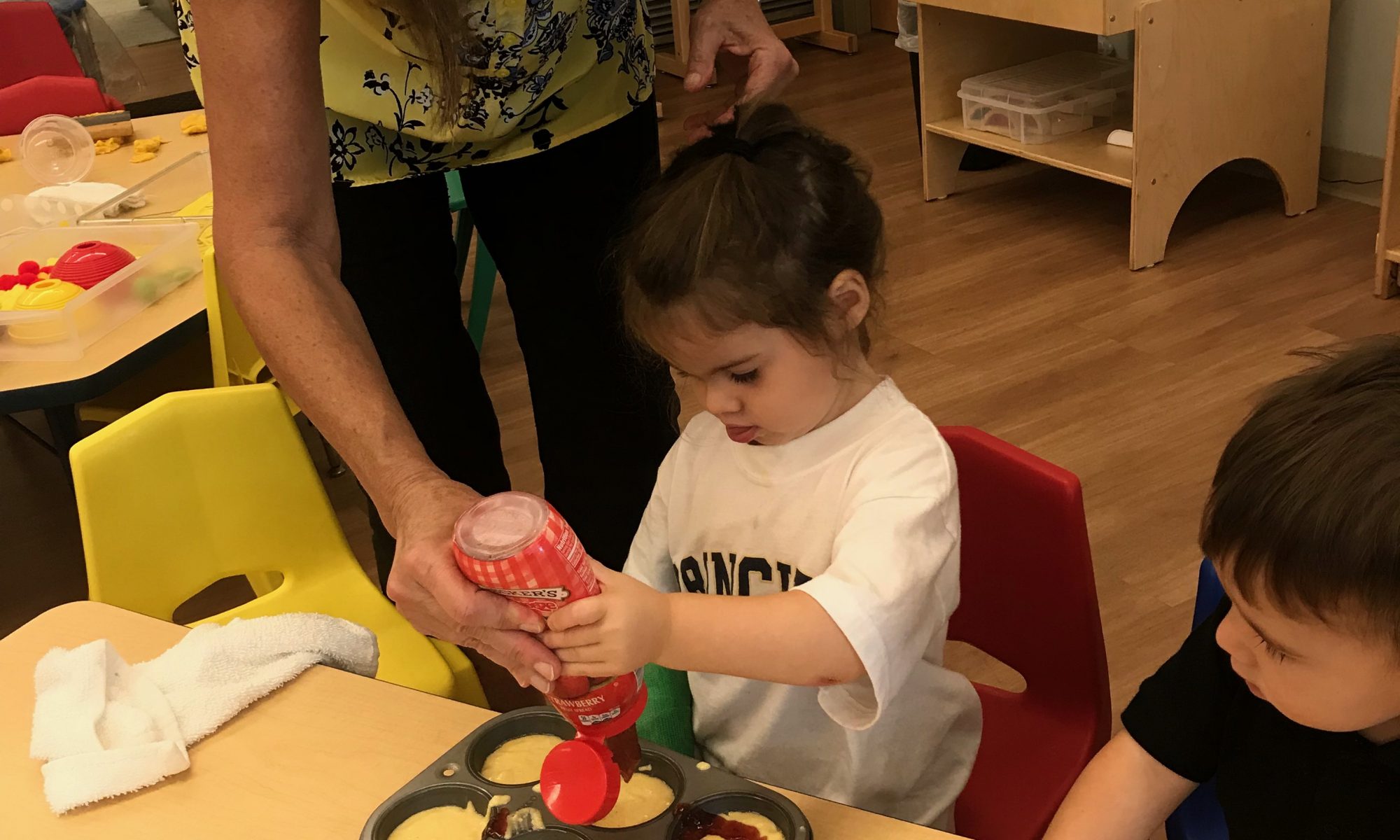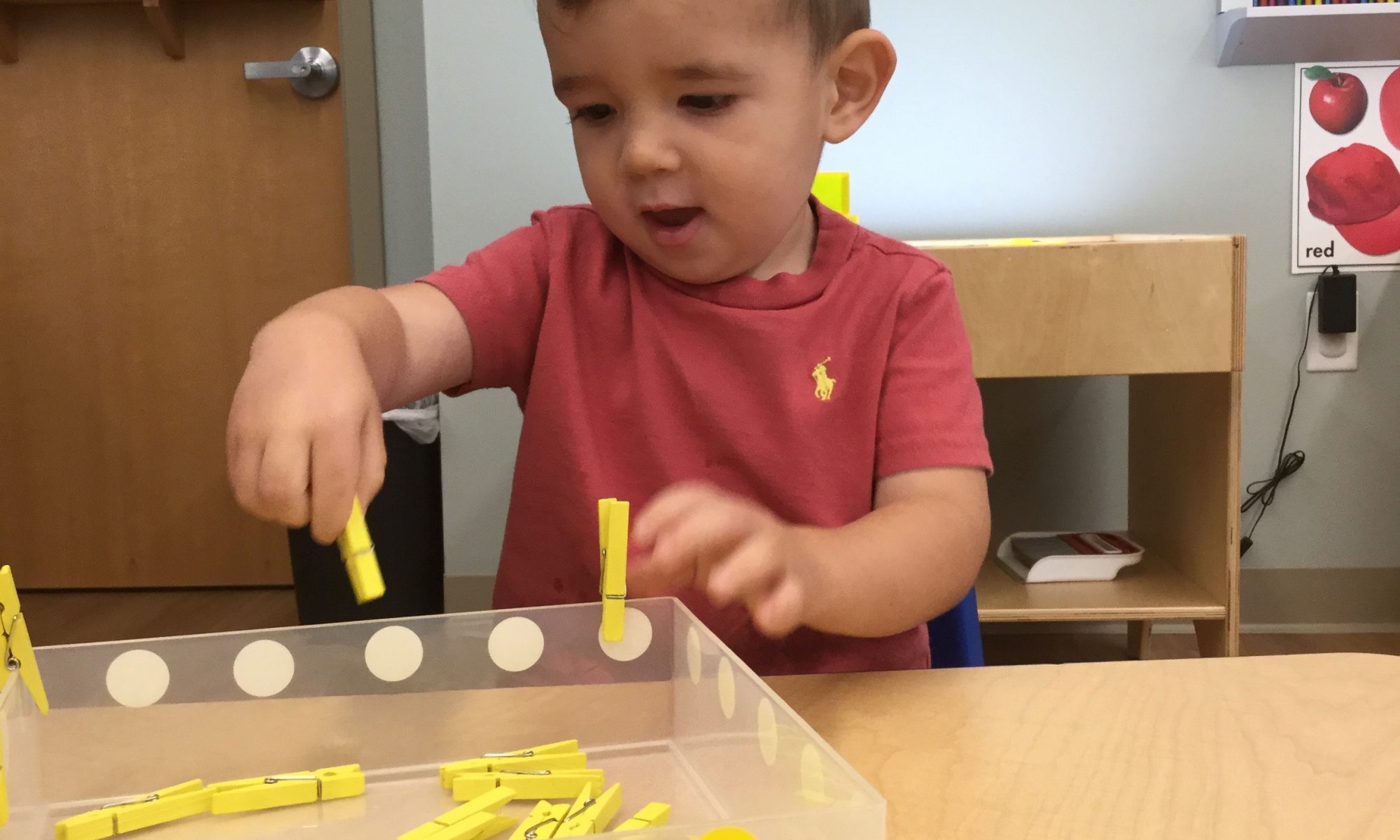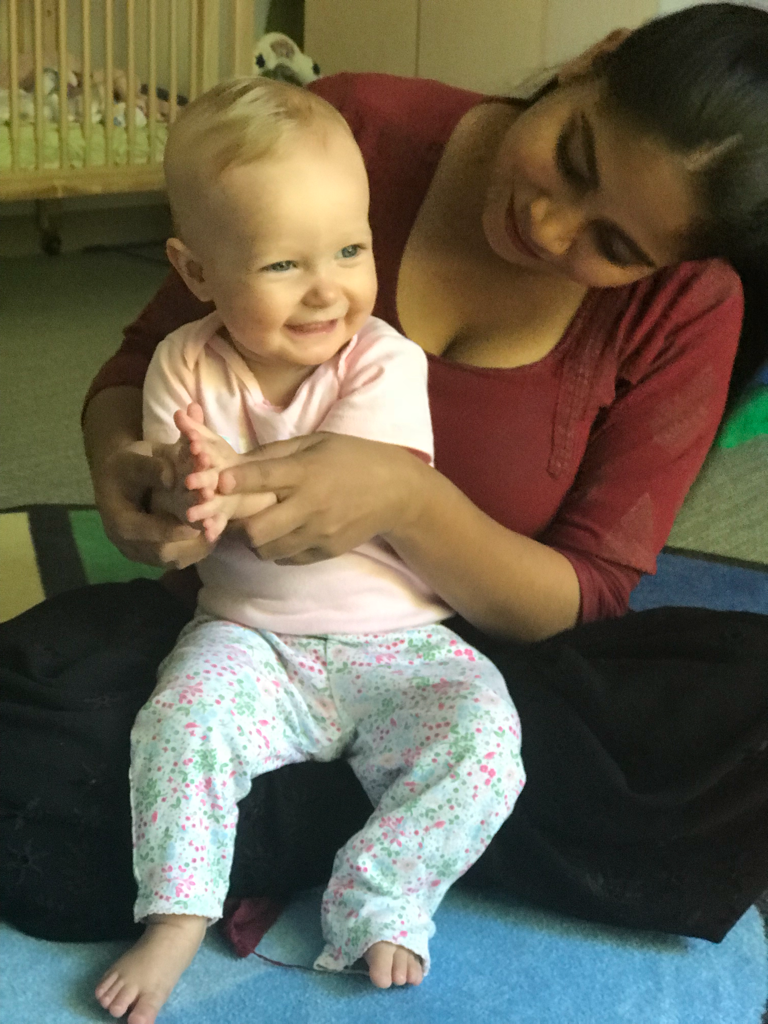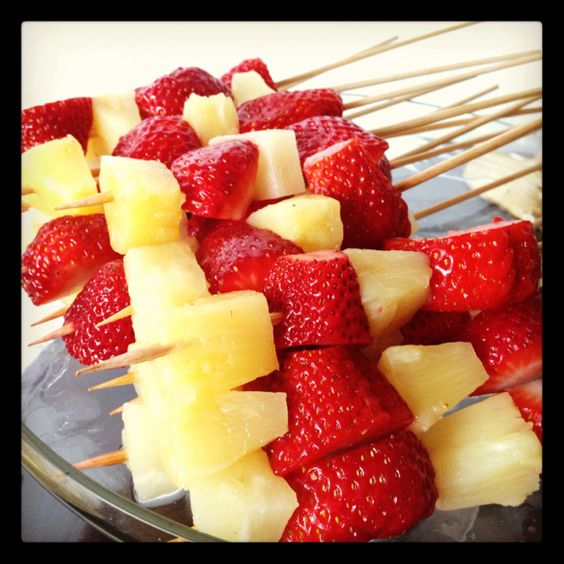By Mary Kimball Morgan
In an undated paper apparently prepared for presentation to a parents’ meeting, Mrs. Morgan stressed the need for parents to support the school in making demands on the young people.
We are told that “training is the act of bringing one into a fit condition,” physically, mentally, or morally. Fitness of condition, then, is the result of a process of education. This process, through the elimination of all seeming handicaps and the development of all necessary constituent elements, brings mastery of the object desired.
The type of training necessary depends upon the specific end to be gained. If a boy shows marked ability as an athlete and desires to excel in this direction, he must place himself under instructors and follow obediently all rules laid down for his training. It means much hard work and many sacrifices of time and self-indulgent habits to accomplish the desired end. The successful athlete is usually the earnest, obedient pupil — the one who willingly practices what he is told, and who uses every opportunity to gain mastery over any sense of physical weakness or limitation. His object is the complete mastery of his body in some specific line of work. Devotion to this purpose generally ultimates in success. We are told by Mrs. Eddy that “there is no excellence without labor” (Science and Health, p. 457).
Every art must be developed through its own specific method of training. One may in early childhood show marked ability as an artist. The first childish sketches may give signs of great promise. To accept the gift as something already complete, needing no further development, would be to waste the talent bestowed by divine Love and would forfeit divine help. A musician, no matter how gifted, needs systematic instruction and discipline in order to perfect the wonderful art with which he has been endowed. A boy may have unusual business ability, but what father would be satisfied to place grave responsibilities upon the untrained thought, no matter what natural ability may be there?
It is a cruel thing to permit a girl or boy to waste any God-given talent. A gifted girl gives up her music because she is not willing to sacrifice her social pleasure to the time necessary for practice. Mother thinks it is too difficult a task to keep her at her work, and so the child throws away her precious gift, and the home — possibly the world — is deprived of the joy which might have been given through an appreciation of God-bestowed ability.
Why is it that we find only an occasional artist in any line? I do not believe it is so much a question of lack of talent as it is an unwillingness to take the training that develops the talent.
The same is true of the seeming lack of efficiency in every walk of life. So many men and women are spoiled in the making. Good material to begin with, they fail to make the most of what they have and are, because of resistance to the discipline necessary to success. Not only is there a resistance to the discipline given by parents and teachers, but there often is little or no attempt at self-discipline.
And yet, can we blame the girl or boy who takes the line of least resistance? Training should begin with birth. A child is never too young to begin to learn. Watch a young mother with her baby. See how soon that baby learns how to wheedle his mother into coddling or playing with him when he should go to sleep. Or if Mother is firm, that fact is soon discerned, and the wiles are hereafter turned in Father’s direction. Father has to be heroic indeed if he can withstand such personal popularity. It requires great fortitude to hold to Principle when the tempter is a winning baby, a fascinating half-grown girl, or a clever, manly boy.
Why are we so weak where our children are concerned? Why are we willing to indulge them in the very things which will spoil their manhood and womanhood? It takes courage to train our children in the things which most thoroughly make for happiness. Obedience, unselfishness, consideration, self-sacrifice, thoroughness, accuracy, and honesty are not acquired without real striving. And yet they are essential to successful living. When a child is born, no one knows what his talents may be. His career is not unfolded in advance. But there is one position in life for which he should be fitted — no matter what may be his special gifts. Every girl and boy should be trained for Christian citizenship.
Abraham Lincoln did not become President of the United States by chance. Through a peculiar fitness to meet the great need of his country, he rose to the highest point of honor it could bestow upon him. How was he fitted to do this great work? Through severe selfdiscipline, through improvement of every opportunity to learn, through obedience to Principle, through appreciation of every Godgiven ability, a steadfast purpose to keep himself pure, unselfish, and strong, an abiding love for God, and a deep love for his fellowman, Abraham Lincoln trained himself for service.
Isn’t this what we should bear in mind every day that we are privileged to deal with these children entrusted to our care? How dare we permit them to be willful, insubordinate to instruction, indolent in the carrying out of their duties, careless about their studies, disrespectful to their parents, heedless of their own character building, and irreverent toward their Father-Mother God!
The parent who loves too much to countenance inaccuracy, insincerity, subterfuge, laziness, frivolity, selfishness, and irreverence will reap the fruit of such training in the well-ordered lives of the young men and women who will take their places in the community trained for service to God and man.
Our whole duty to our children is to loosen the bondage which false belief would place upon them and to help them to find themselves possessed of only those qualities derived from their relationship to their Father-Mother God.
This paper appears in Education at The Principia, pp. 35–37.
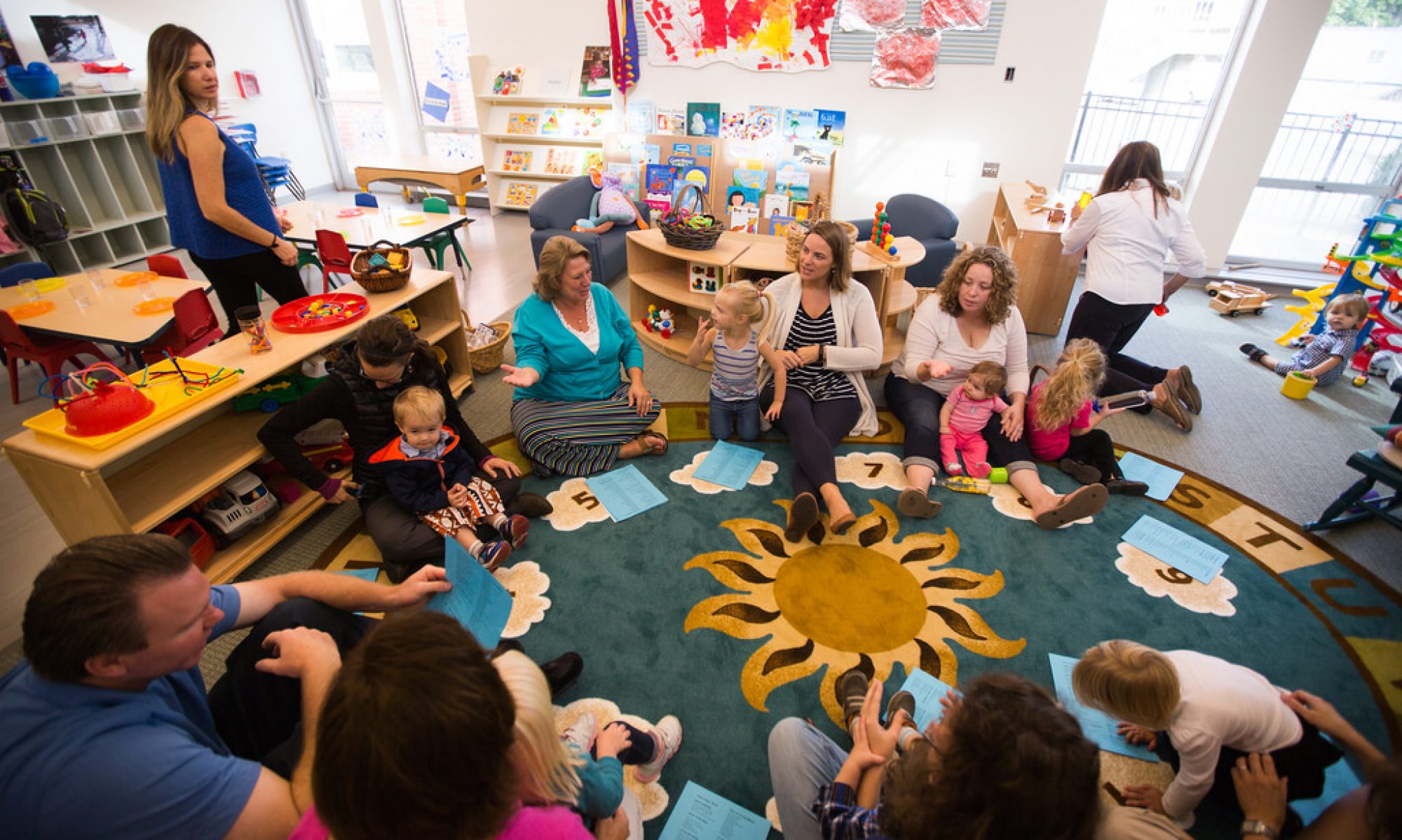
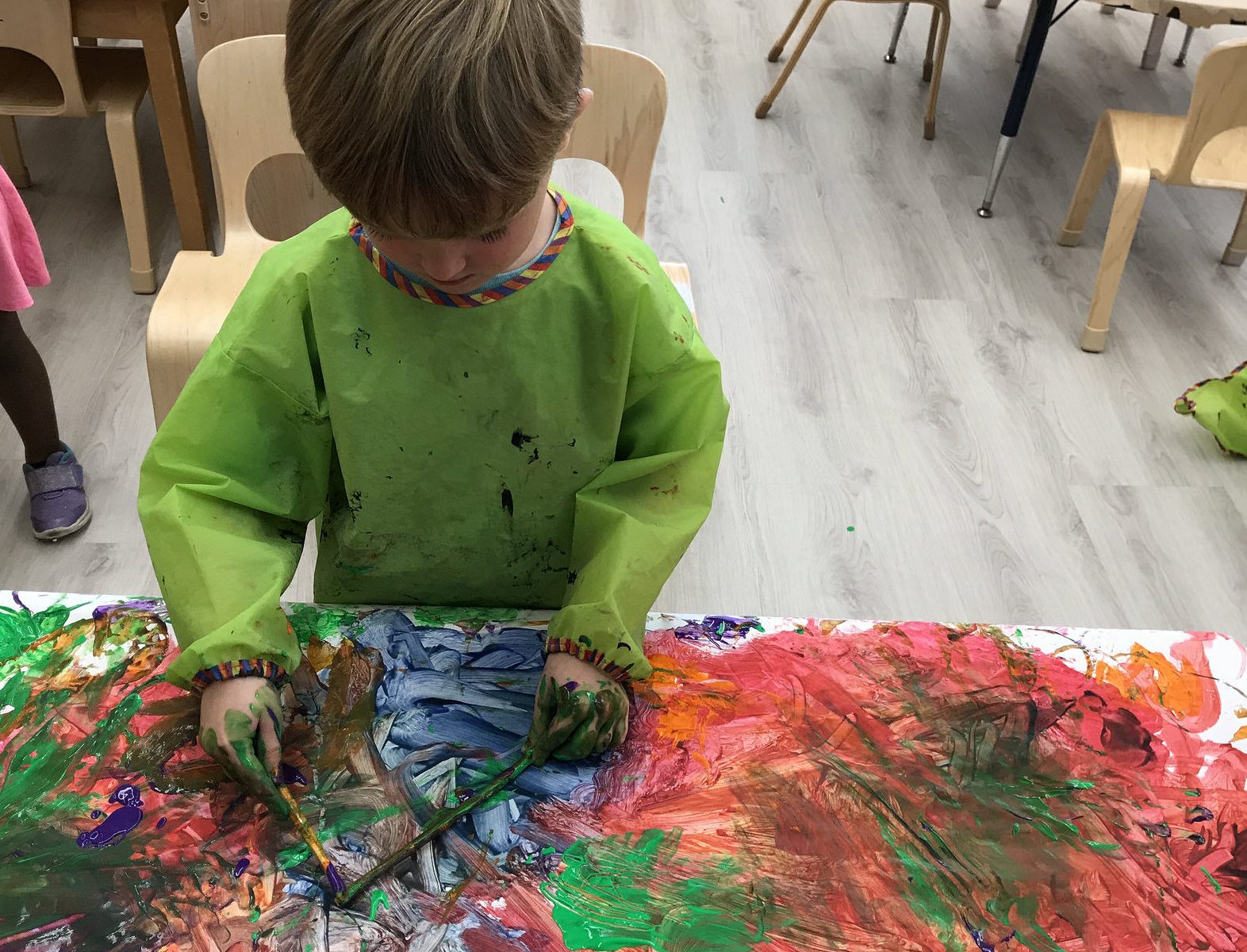
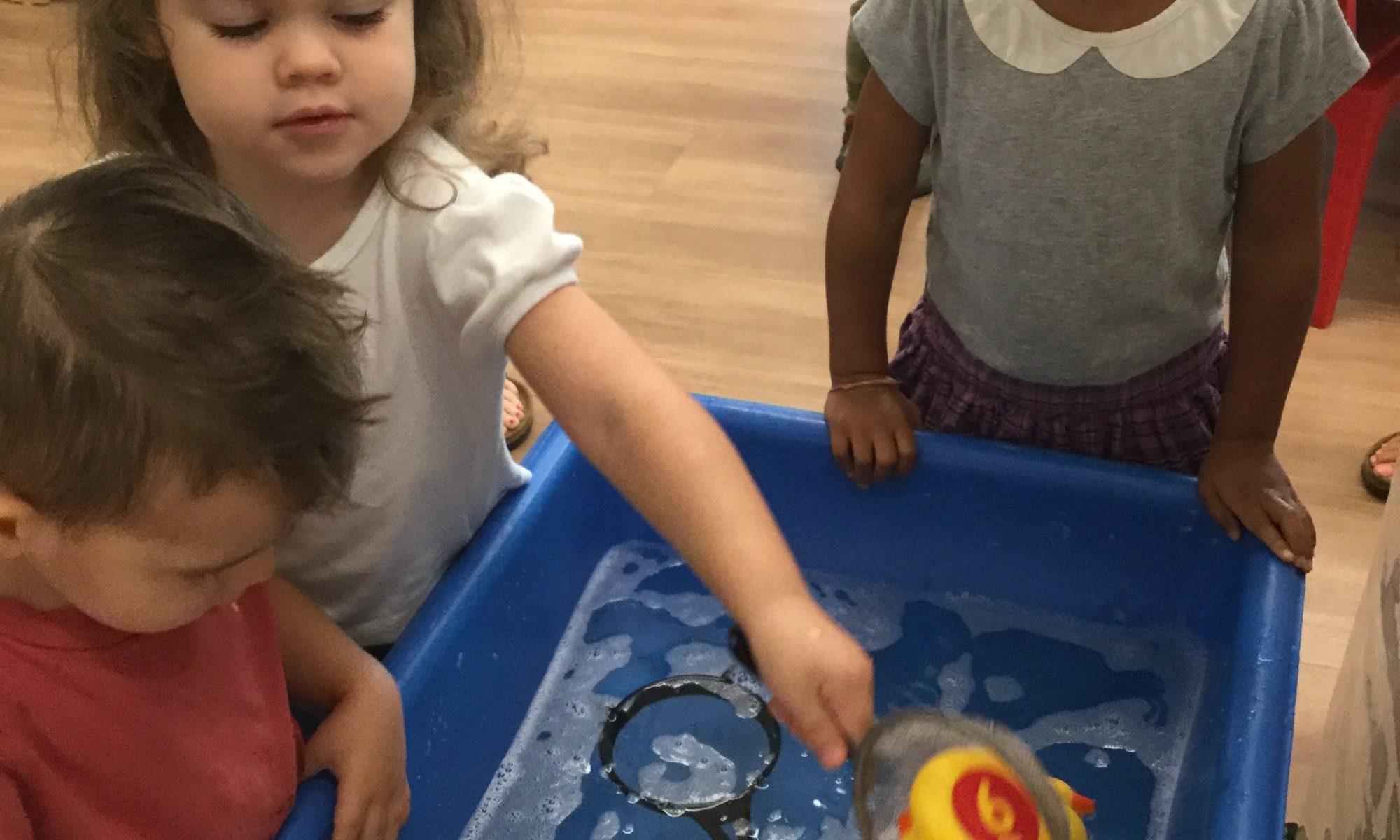
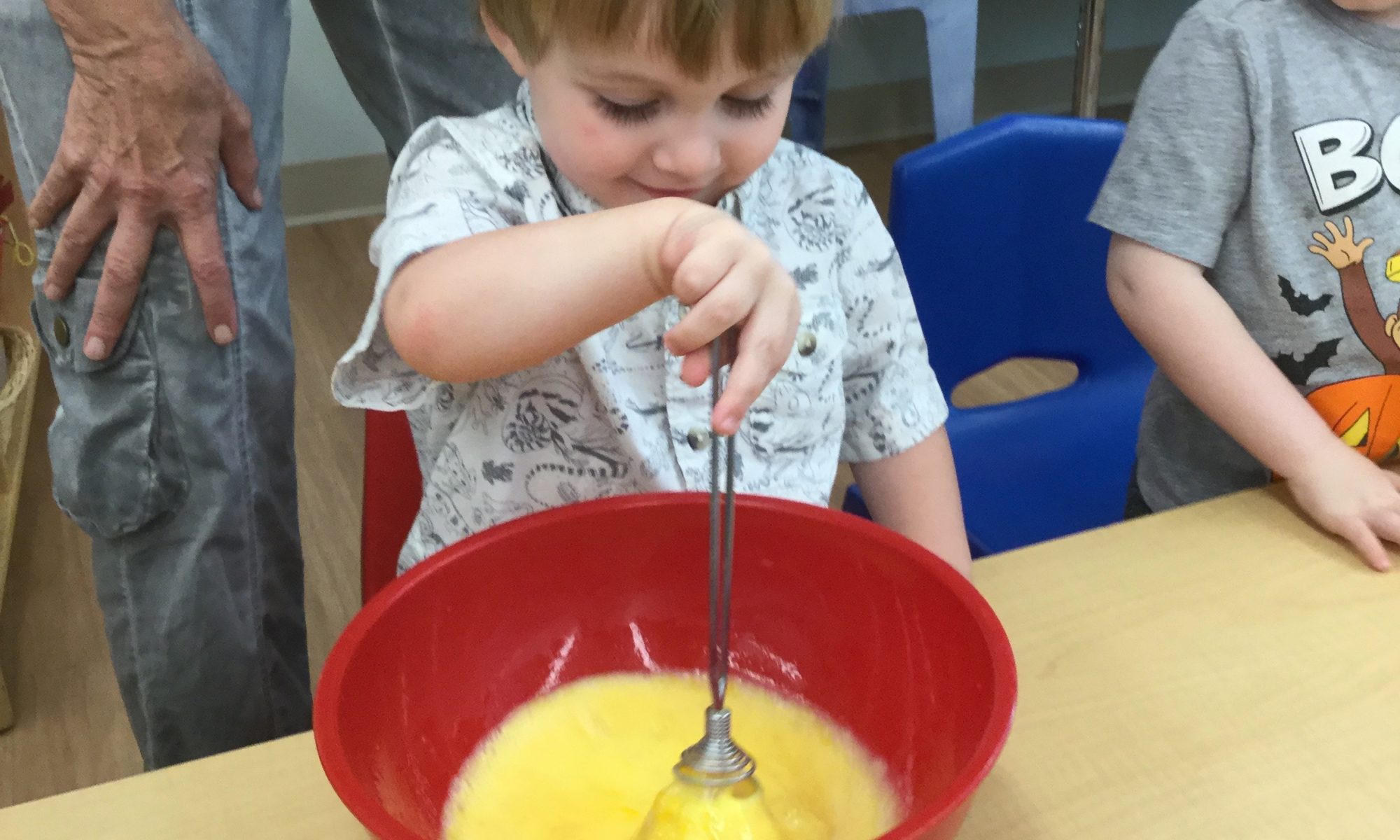
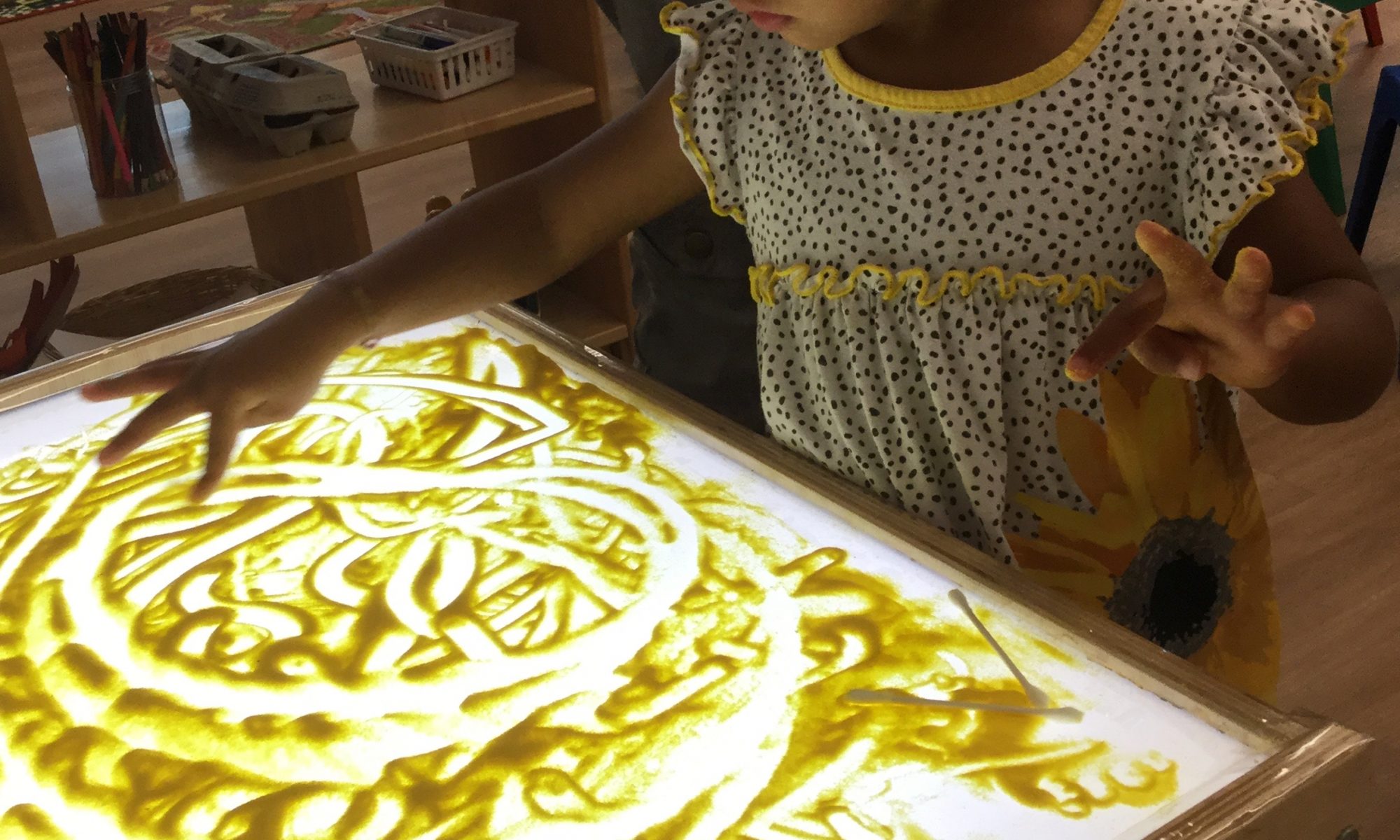
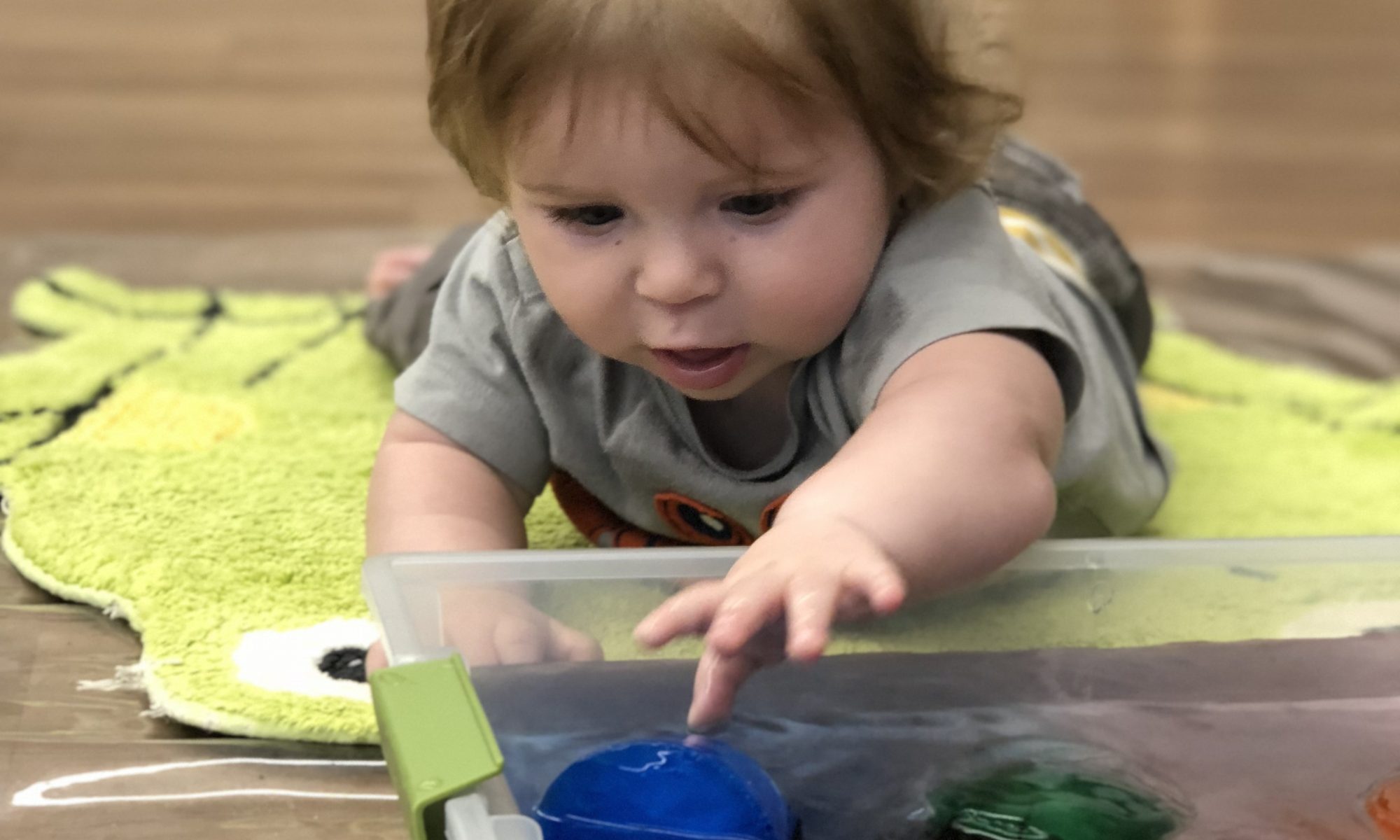
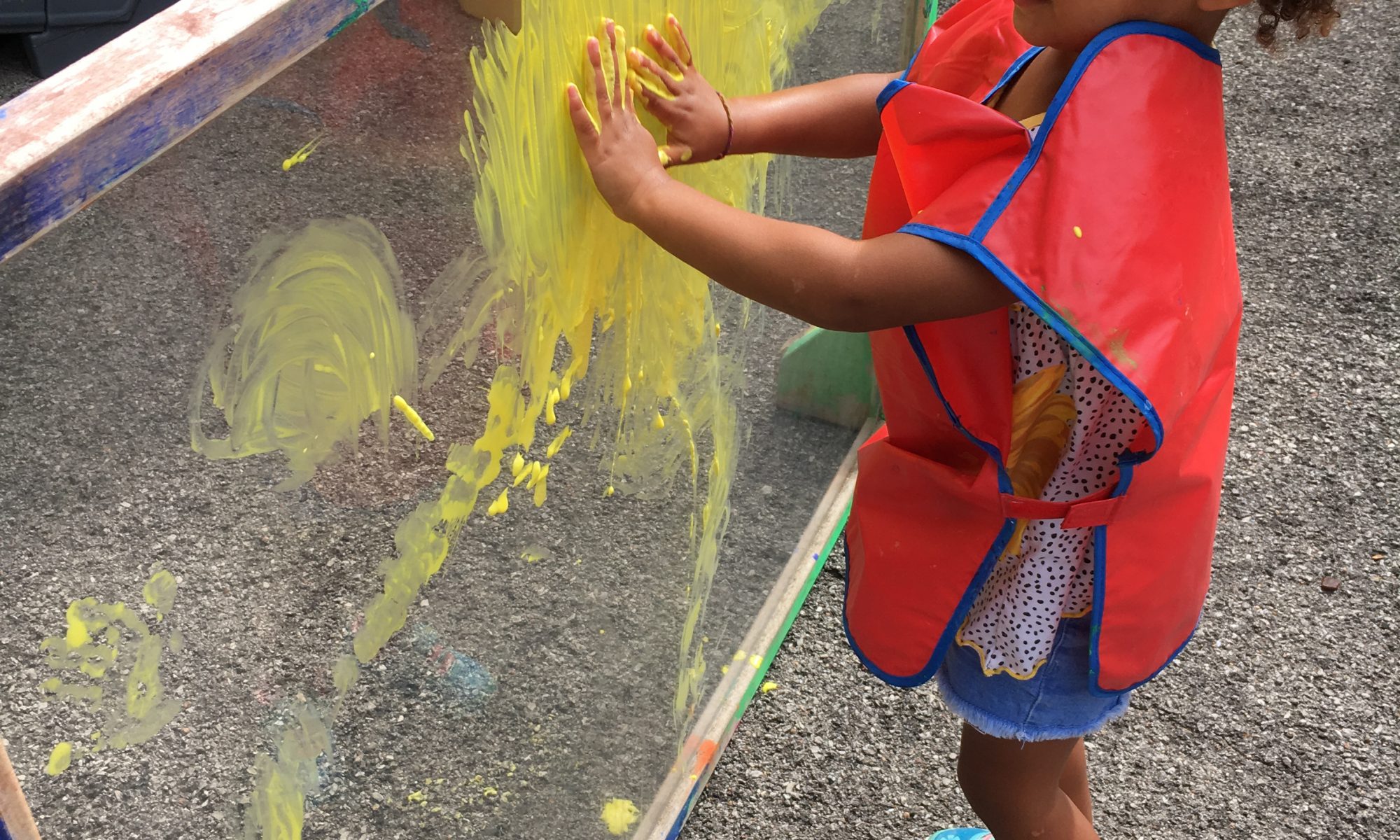
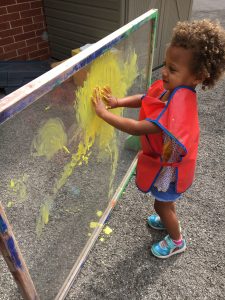 great option)
great option)